Top System Design Interview Questions and Answers
System design interview questions and sample answers. A system designer interview is an opportunity to share your experience and abilities, as well as to demonstrate your ability to create complicated systems. You can prepare for your job interview by researching fundamental design principles and preparing responses to hypothetical design-related questions.
How is a system design interview conducted?
A system design interview is conducted to provide candidates—such as programmers, designers, developers, and software engineers—with an adequate opportunity to demonstrate their expertise in their profession by applying their knowledge to address a real-world problem that a business may face.
Typically, the system design interview occurs later in the interview process. It is a trial to determine your ability to work in a team and your approach to problem-solving through the use of open-ended questions in order to arrive at the best potential solutions. A system design interview examines your method for resolving issues and developing systems to assist clients. It's an opportunity for you to demonstrate to the hiring manager and potential team members that you're a useful addition and to demonstrate your talents and expertise in a tangible manner.
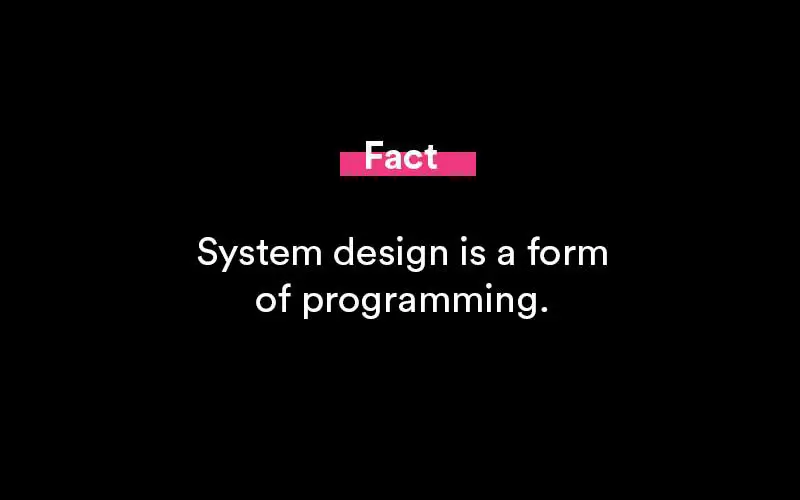
System design interview questions
System design interview questions:
- How would you design a vending machine using Node.js?
- How would you design a URL shortening service?
- How would you design a traffic control system?
- How would you design a limit order book for trading systems?
- How would you design a distributed computer system?
- How would you design a video streaming service? Note: It must be a global video streaming service.
- How would you create your own Instagram?
- How would you create a global file-sharing service?
- How would you design a Twitter clone?
- How would you design a load balancing service that supported a global chat service?
- How would you design an API rate limiter for a web server?
- How would you create a global file storage system?
Interview questions and answers about system design
Typically, system design questions are unclear to allow you to demonstrate your qualifications. Prior to responding, you can ask questions to assist in narrowing the scope, providing direction, and clarifying any expectations.
How would you develop a system for TinyURL?
A TinyURL is a URL shortening service that allows customers to submit a lengthy URL and receive a shorter, unique URL in return. A hiring manager may ask this to demonstrate your strong design basis. You can concentrate on other fundamentals not included in the sample answer, such as how to generate a unique ID for each URL, how to handle redirection, and how to erase expired URLs.
Example
"When I worked for a public instant messaging service, I was tasked with developing a simple system in which each message was limited to 140 characters." Additionally, it mandated the use of truncated URLs of approximately 30 characters. This TinyURL technique is also advantageous when hyperlinks are entered manually in e-mails or on a smartphone, where there is potential for error. TinyURL is an excellent illustration of the hashtag table. This data structure is a simple connections code that associates keys with values. I was able to maximize usability and meet the system's requirements by utilizing this simple 16-bit hash table."
How would you construct a search engine if you were in charge?
Occasionally, search engines are required within a single department of a business in order to locate an item or critical personnel information in a methodical manner. Hiring managers want to see that you can adapt designs to the company's specific requirements. Using the foundation below, you can detail and explain aspects of the general architecture. Additionally, you can discuss any other pertinent topics, such as website front-end performance, search engine optimization testing, and indexing integration of prior search data and trends.
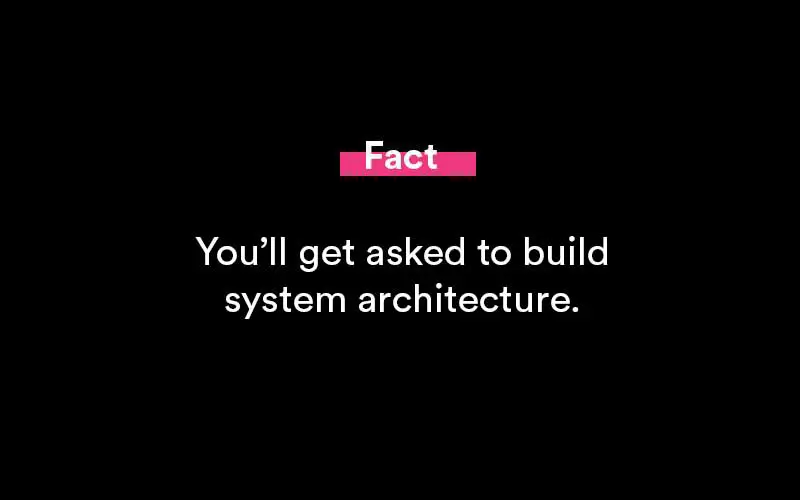
Example
"Before I moved here, I was working on a similar project." The search engine I was tasked with developing was required to support keyword searches. I began by developing an indexer, a piece of software that crawls the web and returns results in a data structure. The crawler would group or dump web page links into sets. The indexer was then run as part of a reduction process to isolate items. The number of links on each website was calculated and examined for display purposes. I have the crawl configured for H1 and H2, not H3s. Then, to stave off spammers, I verified outbound links. Finally, I examined the serving statistics to ensure that the design was operating at peak capacity and relevancy."
How should a web crawler be designed, and when should it be used?
A crawler is a program that visits other websites and reads their content. This data is then utilized to generate index entries for a search engine. It is frequently referred to as a "bot" or "spider." Make certain that your explanation demonstrates that you understand the complexities of web crawling.
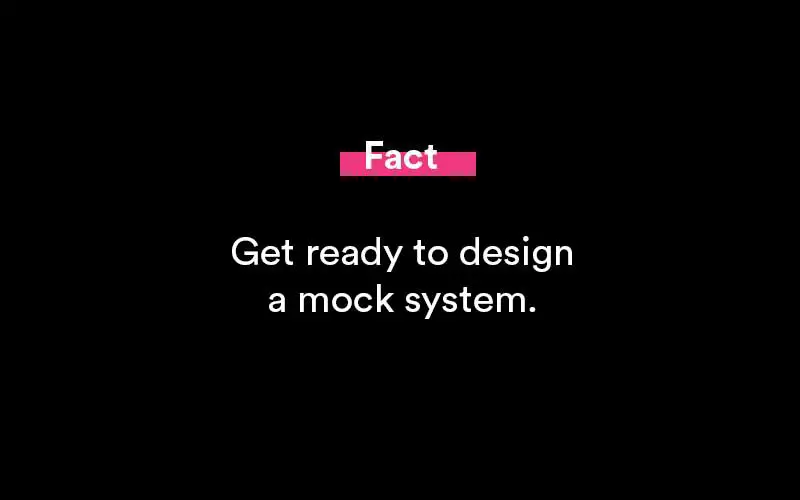
Example
"Although crawling the web is a difficult undertaking, I was able to create one for a previous assignment." The crawler pulls data from a specific industry, in this example, fashion. I needed to incorporate a URL dispatcher, a server tasked with the function of disseminating seed URLs to a large number of servers. Following that, the crawl supervisor distributed the URL to bots via the messaging queue that was created. The spider, which serves as the foundation for all crawlers, extracted data from the web page and stored it in my file system. Following that, the extract, transform, and load (ETL) process cleaned and formatted the material in preparation for storage in the database. In this manner, I was able to crawl the web in search of and organize the necessary information."
How should a shared disk be designed?
Hiring managers use this to go into the fundamentals and history of algorithms. Before you begin, ensure that you understand the task's goal. Knowing whether changes will be registered in real-time, whether locking will be required, and whether the system must be naturally convergent will assist you in providing a thorough response.
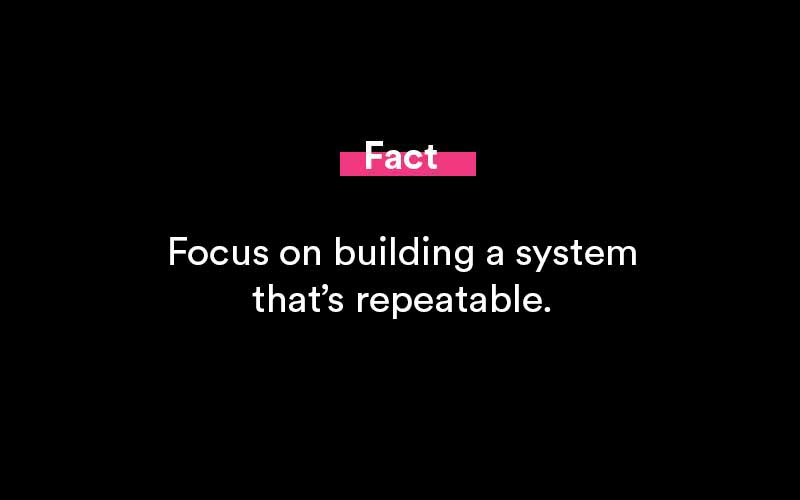
Example
"This system operates using differential synchronization." It is the process of keeping two or more copies of the same document synced in real-time so that when one version is modified, the other versions are also modified. While this is a difficult task, differential synchronization is scalable and fault-tolerant. Three ways are frequently used: ownership, event passing, and three-way mergers. I was recently required to perform this task in order to facilitate internal document sharing for one of our clients. They desired real-time collaboration, and three-way merging was ruled out due to the fact that changes are lost and cannot take effect due to the frequent occurrence of severe collisions. I utilized event-passing to enable real-time collaboration, as the locking or ownership approach would restrict changes to the document to the first person who opened it. This benefited our customers because it enabled staff to collaborate even when they were out of the office or on different schedules."
What is necessary for the design of a waste management system?
Garbage collection guarantees that a Java system runs properly and relieves the programmer of the need to do it manually. Hiring managers want to know that you understand the ins and outs of numerous systems. A garbage collector (GC) optimizes memory usage in computers.
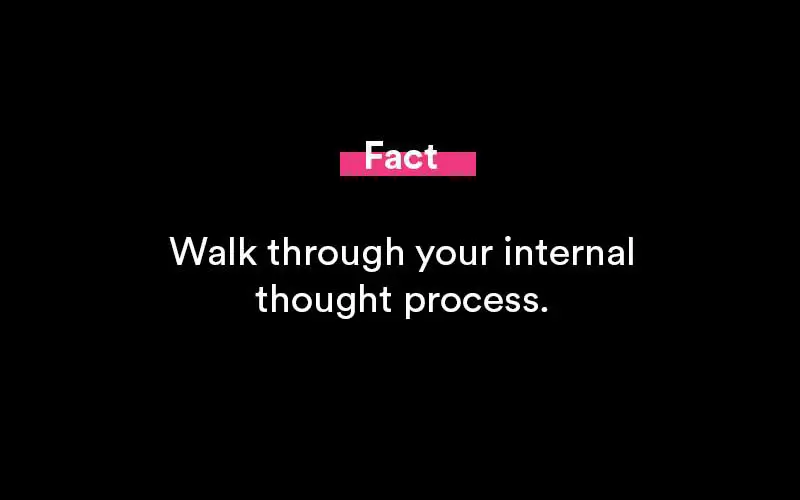
Example
"One of my latest clients need additional memory, however there was a problem with constantly having to deal with memory deallocation." The purpose of trash collection is to give the illusion that a system has an infinite quantity of memory. In reality, the system is repurposing memory. When a system is slow to respond, a trash collector enters and collects items that are no longer in use. I configured their system in such a way that any item that is referenced or recursive in nature persists. Following that, it proceeds carefully and marks everything that has not been referenced and sweeps only that. Utilizing the mark and sweep approach in conjunction with the void command enables memory to be repurposed and opened up that is no longer in use. With this in place, my customer benefitted from a quicker system that required less maintenance."
What is the best way to create a recommendation system?
Users benefit from recommendation systems since they enable them to locate what they're looking for more efficiently. They assist clients and customers by providing options and allowing for selection. Hiring managers question this to determine whether you are capable of developing user-friendly and focused systems.
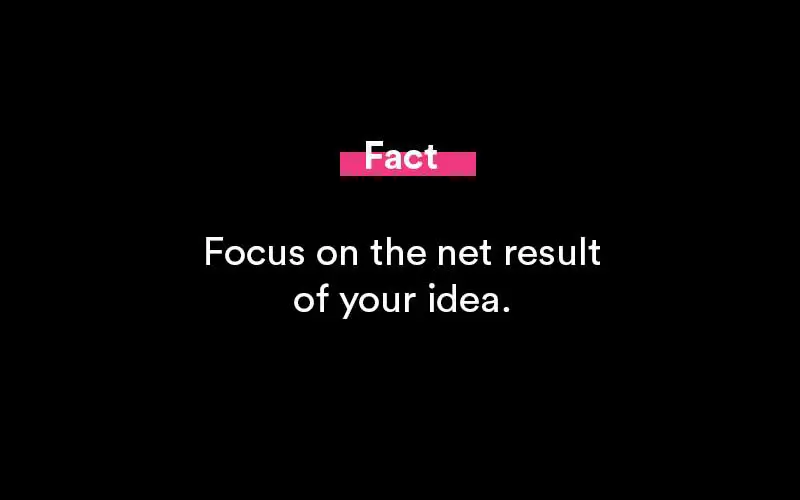
Example
"For instance, one of my first and most devoted clients encountered a difficulty with their customers failing to identify options on their website. Their search had to be precise in order to locate the item. I proposed that we build a recommendation system to increase client happiness and, potentially, revenue. I created the system to weave a sort of information tapestry to provide our client's clients with ideas based on user similarity, utilizing the most prevalent approach of collaborative filtering. The system improved in usability and resulted in a 10% boost in sales for my client."
Interview advice for system designers
Evaluate the following recommendations as you consider your own responses to the basic system design interview questions above to help you feel more secure and prepared for your interview:
Utilize the STAR response strategy
Using the STAR interview response technique to format your questions enables you to design responses that demonstrate your knowledge and qualifications through unique experiences. The abbreviation STAR stands for Situation, Task, Action, and Result. Discuss an applicable circumstance, define the task at hand, detail the actions you took, and expose the outcome of your efforts to demonstrate your talents to the interviewer using the STAR approach.
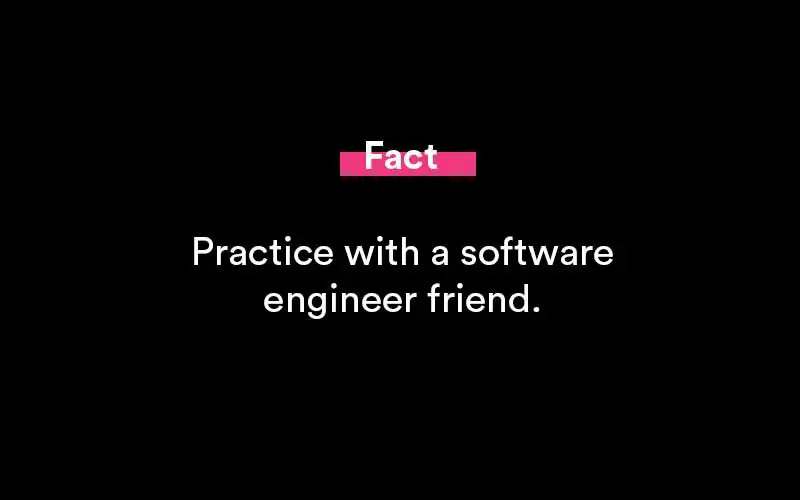
Recognize the objectives
Inquire clarifying inquiries to ascertain who the users will be, what they will require, and the system's inputs and outputs. Inquiring about these fundamentals will assist you in focusing your efforts and demonstrate your product sensibility and teamwork.
Utilize your experience to your advantage
You bring a set of ideas and expertise to the table that no one else can. Rather than attempting to cater to what you believe is desired, demonstrate your own expertise and demonstrate why you are essential and irreplaceable as a result of your abilities and capabilities.
Practice is critical
The opportunity to repeat the design interview process while implementing these methods will instill confidence in you, and your knowledge with the subject will expose your qualifications. Spend time interviewing a friend, family member, or in front of a mirror.
How do I prepare for system design interviews?
Be ready to answer complex system design interview questions. Practice mock interviews and ask friends who work in the industry to go through interview sessions with you as though you were a software engineer going through the interview process.
Is a system design interview hard?
Yes. They can be. Interviews for system design positions are notoriously difficult to crack if you are unprepared. The issues are vast in scope, have several viable answers, and necessitate considerable knowledge of fundamental systems. Therefore, if you want to be considered for a position at a top technology business, you will almost certainly need to pass system design interviews.
How do you approach system design?
This is a major question that's asked to all professionals. Here are the steps:
- Gather the requirements.
- Create a system interface definition.
- Back-of-the-envelope capacity estimation.
- Define the data model.
- Create a high-level design.
- Create a detailed design for selected complements.
- Identify and resolve any bottlenecks.
A system design interview analyzes your method for resolving issues and developing systems to assist clients. It's an opportunity for you to demonstrate to the hiring manager and potential team members that you're a useful addition and to demonstrate your talents and expertise in a tangible manner.
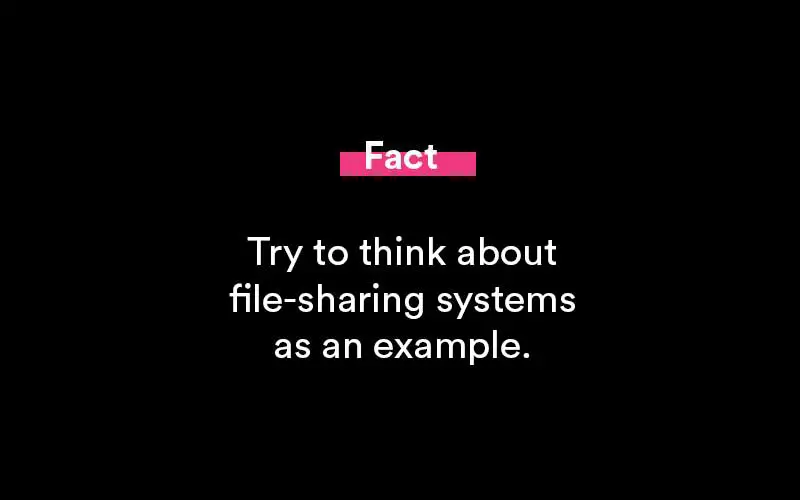
Popular Resources

Featured
35+ Phone Interview Questions & Best Sample Answers
Phone interviews have become a core part of the process when attempting to find a secured placement for an open position. Companies receive massive responses from potential candidates for any..

Featured
12+ Best Questions To Ask A Recruiter
Concerning a job search, you might receive numerous offers from your recruiters. Before you choose one, you need to assess all the conditions, for which it is vital that you know everything associated with the offered position..

Featured
Answering "What Makes You Unique" In A Job Interview
Answering this question during a job interview requires more than knowing why you are unique as an individual. Yes, the true scientific answer is made up of two main components: your..

Featured
250+ Ice Breaker Questions for Life
An ice breaker question is a question that’s asked from one person to another person in order to act as a conversation starter. It brings a connection...

Featured
10 Best Answers to "What Motivates You?"
Open-ended questions like “What motivates you?” can elicit a deer-in-the-headlights reaction from job candidates if they are unprepared. It’s a broad question and can leave the interviewer..

Featured
Answering "How Did You Hear About This Position" In An Interview
A lot of interviewers ask this question - how did you hear about this position? This way they can judge you if you are a passive or an active job seeker..

Featured
8 Best Thank You Emails After an Interview (Samples, Free Templates)
Writing a thank you note after an interview says a lot about you as a potential employee. Most notably, it says that you care about the opportunities presented..

Featured
Writing a Resignation Letter (How To Write It, Samples)
Writing the perfect letter of resignation is more of an art than it is a science. And we’re going to cover how to master that art form in this full guide..

Featured
How to End a Letter (Example Salutations, Sign Off's)
Knowing how to end a business note or email is an important skill to develop. It helps portray a sense of confidence, respect and tone to your message..
